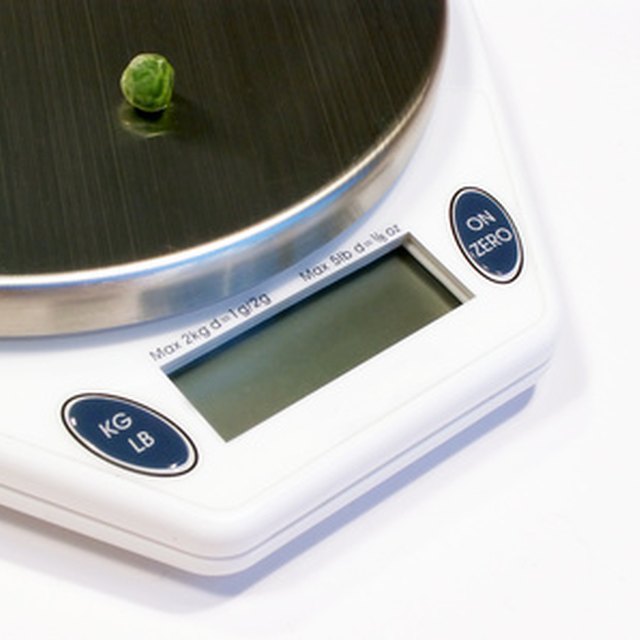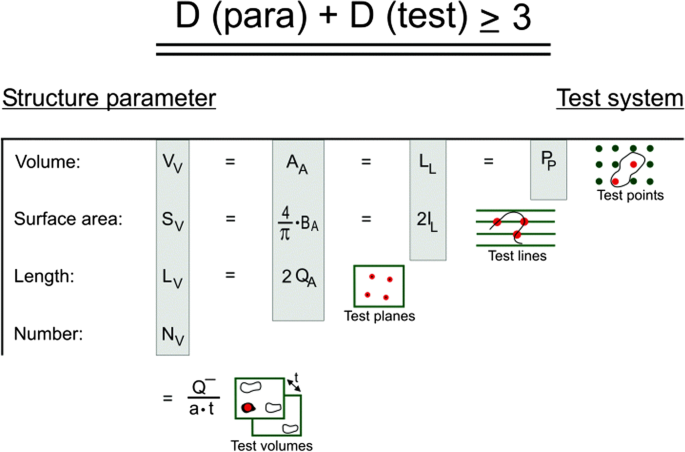

- #Stereology determining sampling precision registration
- #Stereology determining sampling precision pro
- #Stereology determining sampling precision series

For industrial computed tomography (CT), the visual evaluation of the locally varying uncertainties gives direct insight into the underlying X-ray penetration lengths. The processing of single point precision data as weighting factors in geometry element fitting routines can lead to a more accurate determination of geometry element parameters ( Müller and Hausotte, 2019 b). The exact knowledge of the single point uncertainty of a measurement setup result can greatly influence the quality of the subsequent measurement data evaluations. Nonetheless, the distribution of random measurement errors (also called measurement precision) of the measurement setup can be determined. In that case, the mean distance value represents the combination of the systematic error and the work piece deviations, and both effects cannot be separated. In case no reference measurement exists, the nominal geometry of the work piece can be used. In case a reference geometry is actually available, the combination of the hereby calculated local systematic measurement error and the local random measurement error represents the single point (measurement) uncertainty. For each of those sets of distances, the mean value as well as the standard deviation can be computed. Finally, each sampling point is associated with n calculated distances (one for each measurement repetition). Depending on the sampling strategy applied, slightly different distances are computed ( Müller and Hausotte, 2019 a). Originating from homogeneously distributed surface points on the reference surface (also called sampling points), the distances to each single measured surface are calculated.

The surface data are represented by triangle meshes using the STL file format.
#Stereology determining sampling precision registration
Usually, a geometric registration routine is required to geometrically align the single measurements with the reference geometry.
#Stereology determining sampling precision series
The framework of the single point uncertainty describes a methodology to statistically evaluate the local measurement uncertainty of a measurement series consisting of n repeated single measurements with respect to an associated reference geometry in the sense of the International Vocabulary of Metrology (VIM) ( Brinkmann, 2012). The alternative measurement method showed that the CMM system is capable of measuring very precisely in scanning mode if the changes in the curvature of the scan trajectory are favourable. The examinations yielded abnormally high random measurement errors, which could not fully be explained within our examinations and was for the most part caused by the accuracy of the used rotatory table of the CMM.
#Stereology determining sampling precision pro
The modification of the single point uncertainty framework in order to determine the single point precision of repeated gear wheel measurements was implemented successfully for gear measurements using the Zeiss Gear Pro evaluation software in combination with a rotatory table as well as unassisted free-form scans of the same gear. A second measurement procedure is characterized by a single scan of the complete gear profile without the usage of a rotatory table, using the “free-form scan” CMM functionality. The targets of the investigation are spur (involute) steel gear wheels, which can be dimensionally characterized by both helix and profile scans using a CMM in scanning mode in combination with a rotatory table. This approach, which was originally developed and optimized for the processing of complete areal measurements of work pieces using industrial X-ray computed tomography, was now also extended to line scans found in dimensional testing using tactile coordinate measuring machines (CMMs).

The framework of the single point uncertainty developed at the Institute of Manufacturing Metrology (FMT) presents a methodology to determine and evaluate the local measurement uncertainty for a measurement setup by local comparison of a measurement series with an associated reference geometry.


 0 kommentar(er)
0 kommentar(er)
